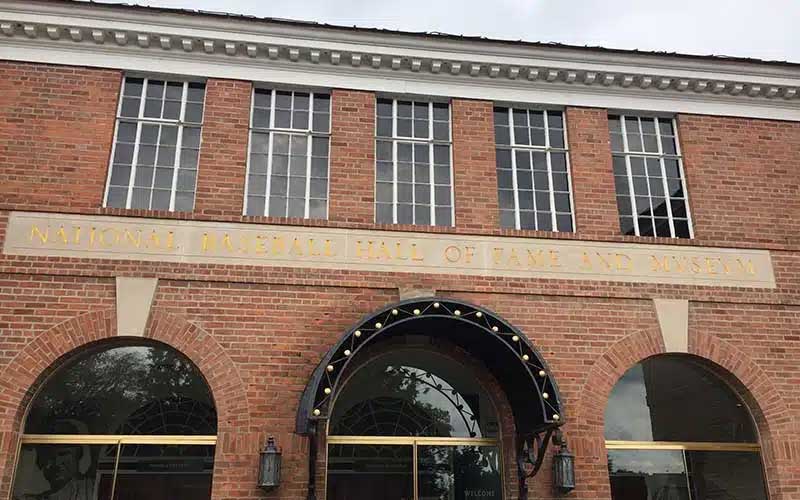

If you spend any time on the collecting internet or hobby social media, you tend to see the same questions asked over and over again. Should I get this card graded? Is this card worth lots of money? That type of thing.
A persistent sub-genre of the “Is my card worth money?” trope relates to “error cards”. In popular culture, the idea that “error cards are worth money” is a thing. What is and isn’t an error card, though, is not well known, at least that’s what my feeds tell me.
So, today let’s explore a little bit about what types of “error” cards are not valuable, and a bit about which ones are.
The thing that makes an error card valuable is NOT the fact that something on the card is incorrect. The thing that makes an error card valuable is scarcity.
Scarcity ONLY comes into the equation if the error card was corrected, creating two or more versions of the card in question. In these scenarios, the version that has more value is the one that is rarer. While this is often the error version, because the error was caught early in the print run and corrected, that is not always the case.
So, if you find a card, be it a new 2025 Topps Series 1 card, a junk wax era card, or a vintage card, with a typo, incorrect stats line, or other bit of information that is not “correct”, it is likely not worth any more than it otherwise would be if the manufacturer didn’t correct the error.
An example of this is that on several early Sammy Sosa cards, including his 1990 Topps and 1990 Upper Deck cards, listed his birthday incorrectly. These cards list his birthday as November 10, 1968, instead of the correct date, November 12, 1968.
But EVERY Sammy Sosa card from those sets lists his birthday that way, meaning there’s no rarity. Millions of copies of these cards exist, and they’re not worth any more than they would be due to the error.
Sure, you’ll see some listed on eBay for hundreds or even thousands of dollars, but those sellers are either misinformed or intentionally looking to scam people. Or they’re involved in money laundering (seriously).
This is why when trying to determine the value of a card online, it’s important to always search SOLD listings. Someone can ask whatever price they want for something, but it’s what something has actually sold for that determines its value.
Here’s a look at some listed vs. sold eBay listings for those Sammy Sosa “errors”.
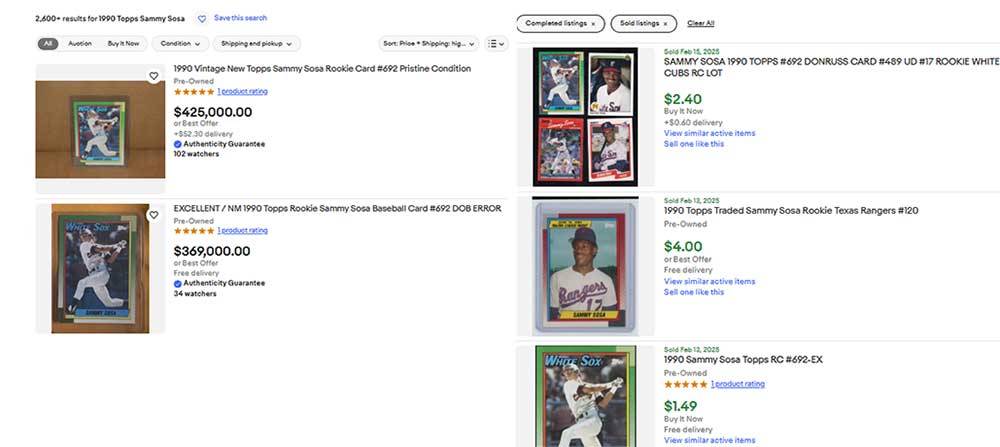
Another famous example of this “uncorrected error” card being listed for big dollars on eBay is the 1990 Fleer Jose Uribe.
Some error cards, even if corrected, aren’t worth much. They’re just so readily available or of players who aren’t overly popular that supply never falls below demand. An example of this is the 1989 Score Paul Gibson error.
Maybe a bit off-topic, but some cards that are not error cards are worth more than they “should” be because the card is popular, despite print runs that aren’t small. A couple examples that sprint to mind are the 1990 Score Bo Jackson and the 1989 Procards Keith Comstock.
Another category of cards that are often brought up as “errors” are print flaws. These tend to be seen in cards from the Junk Wax era and before, although that’s not exclusively the case.
When hundreds of thousands or even millions of a card are being printed with ink on cardboard, some less than perfect outcomes are bound to happen.
One of the most prevalent of these are small circular flaws on the card surface. Sometimes called “print dots” or “donuts”, these small, circular are to error seekers what “orbs” are to the paranormal community – questionable proof of existence.
Another example is “registration errors”, where the four color plates used to print the card are not correctly aligned and you get a vaguely “should be viewed with 3D glasses” effect.
Regardless of the form it takes, you’ll see dozens of internet posts and eBay listings for these cards, sometimes for hundreds, thousands or hundreds of thousands of dollars. Again, a person can list a card for whatever they want, whether they their intentions be simply misguided or nefarious in nature. Look at sold lists to see what a card actually will sell for.
These types of “errors” actually detract from the value of the card in question. PSA and other grading companies will significantly discount the grade of a card with these types of “errors” if submitted for grading.

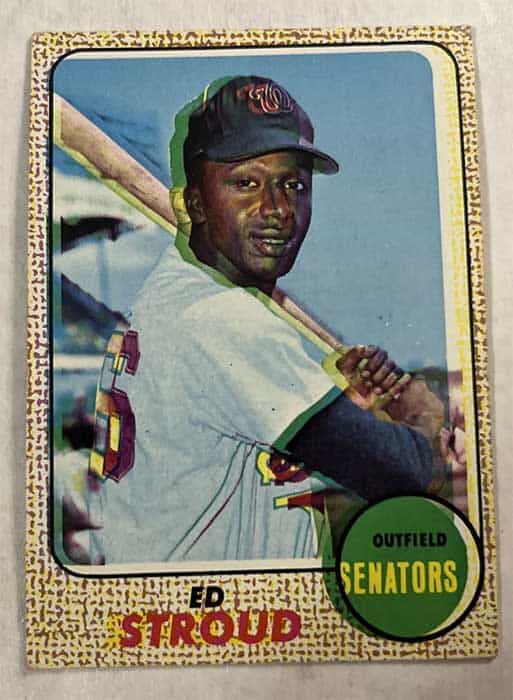
Sports cards are printed on giant presses on large, uncut sheets that are then mechanically cut apart into individual cards. As you can imagine, much like the printing process, the cutting process can be fraught with imperfections.
This sometimes leads to cards having less than perfect centering, called “off-centered”. More extreme cases, where sometimes part of a second card are visible, are called “miscut”.
Again, you’ll sometimes see questions online and eBay listings offering up these “rare errors” for big dollars, but they’re once again not worth any more than the regular card, and in fact typically worth less.
When PSA or another grading company grades a miscut or off-center card, this is often either noted on the label, greatly reduces the grade of the card, or both.
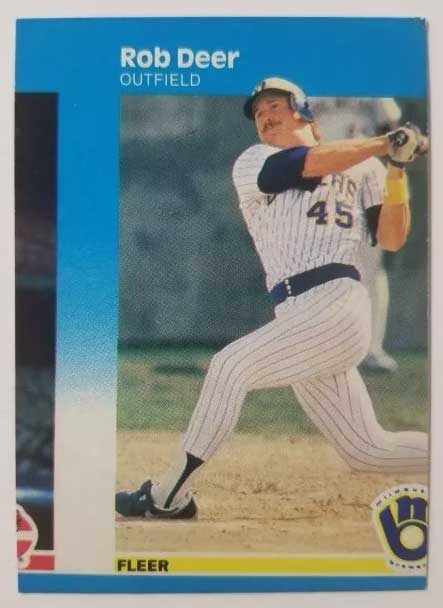
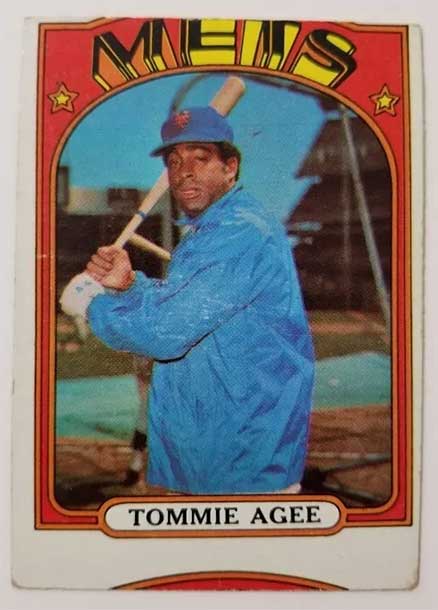
OK, but certainly SOME error cards are worth chasing, right? The answer is that yes, if they meet the right criteria, error cards can be worth something, and in some cases a good amount.
Again, these always include errors that have been corrected, creating some scarcity for collectors to chase. A few examples of error cards that have significant value include the Frank Thomas NNOF, the Barry Bonds 1987 Donruss Opening Day, the Ken Griffey JR. 1990 Topps “Bloody Scar”, the Dale Murphy 1989 Upper Deck Reverse Negative, and the 1969 Mickey Mantle Yellow Letter. Error cards go beyond baseball. If you haven’t heard of the 1977 Topps Star Wars C3PO error, it’s an interesting one.
The junk wax era is particular noted for error cards. Turns out producing cards of questionable qualities in massive quantities is a recipe for an error card golden age. Check out error cards from 1987 Topps, 1988 Topps, 1989 Topps, 1990 Donruss, 1990 Topps, and more.
In some cases, multiple attempts to correct an error can lead to a number of different versions of a card. This offers up several different levels of chase for collectors, which can make for a fun project.
Two ideas that spring to mind are both found in the 1989 Fleer set in the form of the famous Billy Ripken F-Face card and the Randy Johnson Marlboro card.
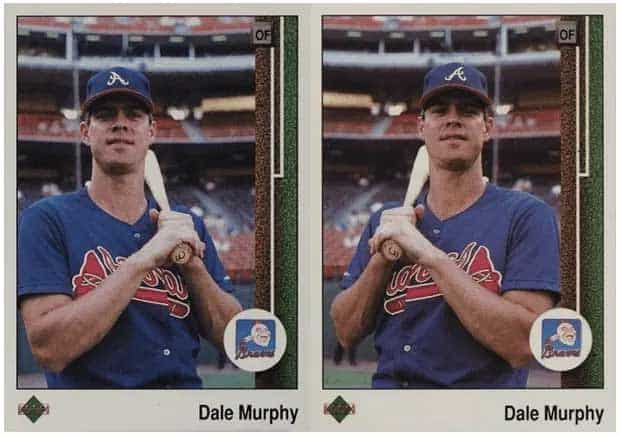
Hopefully this article was a helpful guide to what makes an error card potentially valuable, and what “errors” are simply not worth the inflated prices that sellers ask for them.
Remember that for an error card to have value, it has to have been corrected, and that printing errors typically are not considered errors and actually have less value, not more, than the regular card.
What’s your take on error cards, corrected or uncorrected? Do you see these questions over and over online? Or do you like pouring over your cards looking for mistakes? Let us know at CardLines on X.
Taking A Break From Breaking: The Case For Finding Value In Singles
How To Answer The Question “Should I Get This Card Graded?”
Card Investing Basics: The Time To Buy Is When Others Are Selling
The Perils Of Investing In Baseball Cards Of Pitchers
Autographed Baseball Cards & Autograph Terminology
The Importance Of Knowing What Type Of Sports Card Collector You Are
I hit a SWEET auto from the #1 overall pick at PCB hobby
The Ultimate 2024 Football Card Brand Tier List (Panini vs. Topps and more!)
2025 Topps All Star Game Mega Box Product Review
Ripping the new Topps All Star Game mega box.
Is this new sports card store the BEST VALUE around?
I Tested eBay Auction Promotions So You Don’t Have To!
I deep-dove on Fanatics Collect so you don't have to (but should you?)
Panini is launching a WNBA Product at $30,000!?
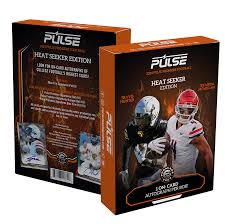
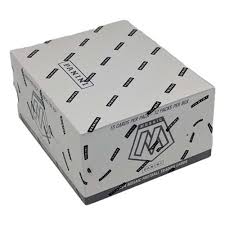

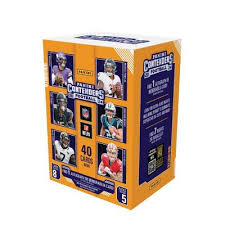
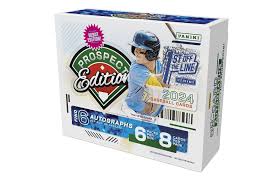
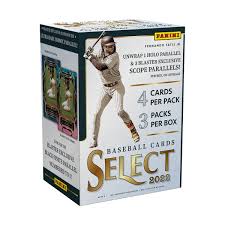
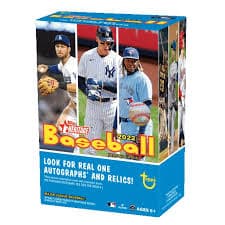
2022 Topps Heritage Baseball Blaster Box Configuration: 7 Packs per Box – 9 Cards per Box. Plus 1 extra pack.
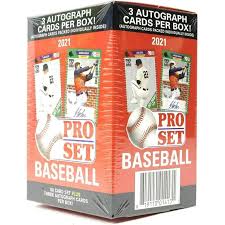
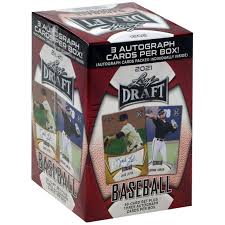
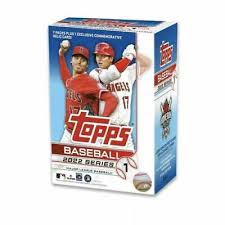
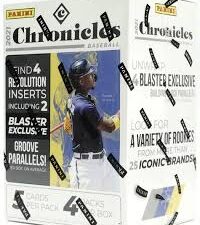
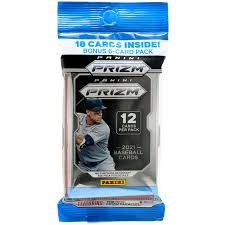
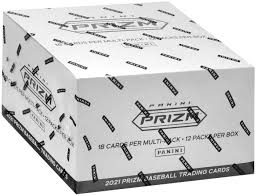

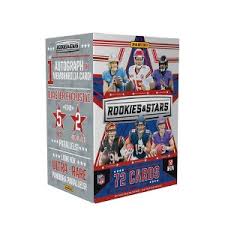
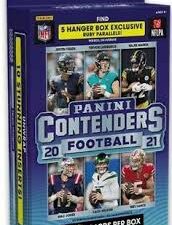
Keep up on breaking Sports Card News, our latest articles, product specials and exclusive content with expert analysis of hobby trends.

© Copyright 2025 - All rights reserved Cardlines.com / Media Techs LLC - Sports Card News, Reviews, Releases and BREAKS - #thehobby.
Important: When you click on links to various merchants on this site and make a purchase, this can result in this site earning a commission. Affiliate programs and affiliations include, but are not limited to, the eBay Partner Network.
Sports Card Scavenger Hunt! (5,000 Subscriber Special!)
Cardlines July 11, 2025 9:01 am